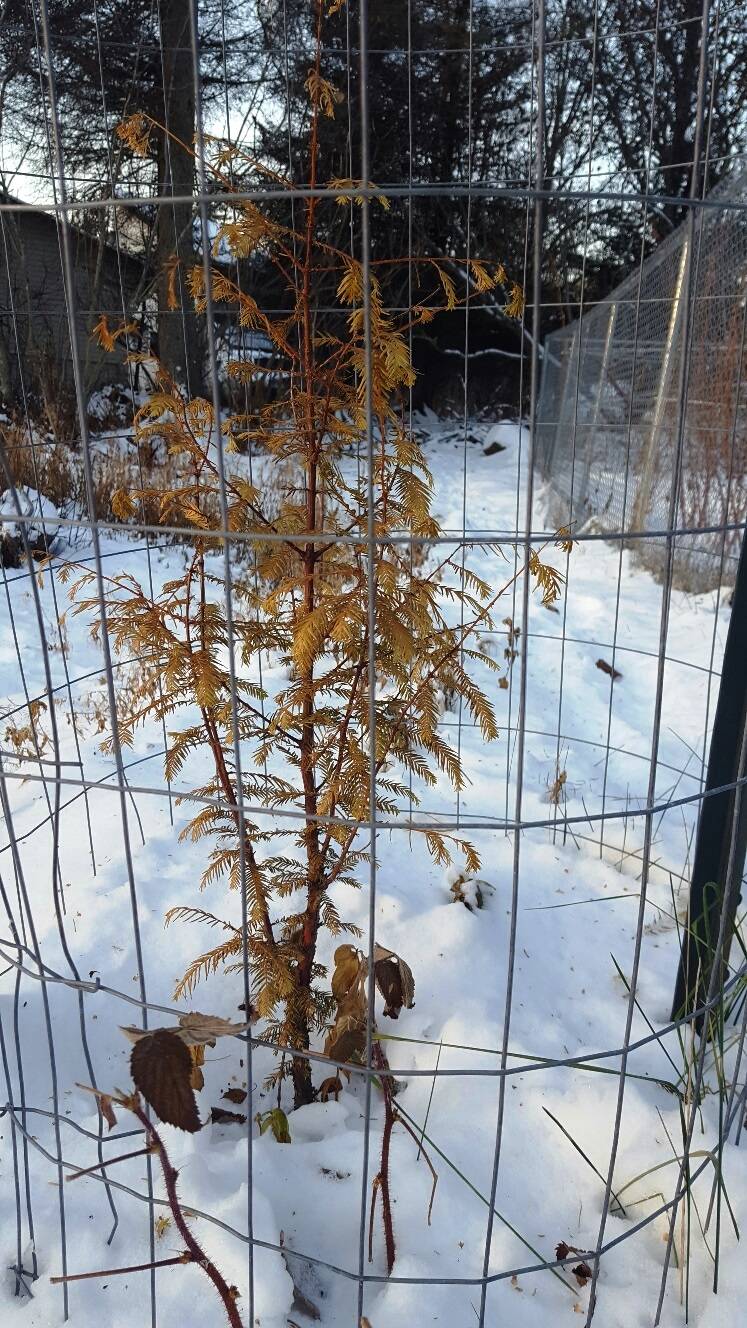Last June, I was enjoying the sun while listening to music at the Kenai River Festival. If I hadn’t been sitting (and it had nothing to do with the beer in my hand), I might have fallen over when I noticed a tree planted at Soldotna Creek Park. It was a maple! The nearest naturally occurring relative, the Rocky Mountain maple, grows in Southeast Alaska.
The timing was auspicious. I’d been thinking about how our native trees are responding to a warming climate. Mother Nature dealt us a small hand to work with: three spruce species (white, black, Sitka) and one hybrid (Lutz), one aspen, two birches (white, Kenai), two hemlocks (mountain, western) two cottonwood subspecies (black, balsam), two willows (Pacific, Scouler’s), one mountain ash and at least one serviceberry. I had been discussing with Mitch Michaud, a local forester, the idea that soil temperatures have increased on the central peninsula to the point that cottonwood seemed favored in disturbed soils whereas birch was looking drought stressed.
So this unexpected maple got me thinking about what else might be growing here on the Kenai. In response to my query, I received great information from inventories of Soldotna by the State Division of Forestry, of Seward by Carol Griswold, of the Homer Demonstration Forest by Dave Brann, and from helpful members of the Homer and Central Peninsula Garden Clubs.
As background, it’s important to recognize that the Kenai Peninsula has varied microclimates. The U.S. Department of Agriculture’s Plant Hardiness Zones range from 4a (-30 to -25 degrees) in Soldotna to 5a in Ninilchik, Hope and Clam Gulch to 6b (-5 to 0 degrees) in Seward and Seldovia. And it’s changing quickly. The Scenarios Network for Alaska and Arctic Planning at the University of Alaska Fairbanks forecasts that the growing season on the central peninsula will increase almost a month by 2100!
Here’s what I learned from my respondents. As expected, lots of fruit trees — Manchurian apricot, Ussurian pear, nonnative serviceberry and multiple varieties of apples, crabapples and cherries.
Almost unbelievably to me, red and burr oaks, green ash, Siberian elm, five species of maple and two of basswood, Russian olive, Norway poplar, European mountain ash, two nonnative birches and eleven species of willow grow here. Amur maples, native to northern Asia seem to do particularly well. In Minnesota, they do so well they’re considered invasive.
Among softwoods, we have white and western red cedars, nine firs, eastern hemlock, juniper, four larches, eleven pines and five nonnative spruces. We have balsam fir, Douglas fir, grand fir, Korean fir, Sakhalin fir, Shasta red fir, silver fir, subalpine fir and white fir. The pines include Austrian, bristlecone, eastern and western white, lodgepole, limber, Manchurian, mugo, Ponderosa, Scotch and Siberian.
As many locals know, lodgepole pine thrives here, although the nearest naturally occurring populations are in the Yukon Territory. Some of the oldest lodgepoles on the Kenai may be the ones planted by a Strawberry Road landowner in a fire break six years after the 1969 Swanson River Fire — almost a half century ago!
An unusual tree that folks in Homer are planting is the Dawn Redwood or Metasequoia. This deciduous softwood (similar to larch) once grew as far north as Ellesmere Island but was previously only known from 30-million-year-old fossils. In 1943, however, a remnant stand of 5,000 living Metasequoia was found in western China, and their seeds have since been planted in arboretums and botanical gardens around the world including part of their prehistoric range here on the Kenai Peninsula.
If you’re gearing up to plant trees this spring, I do have some guidance. Other things being equal, plant native species. But if you insist on grabbing trees from elsewhere, I suggest only planting trees indigenous to North America, not Asia or Europe or any other continent. So plant Alaskan larch (also known as tamarack) that is native to the Yukon River basin, rather than Siberian larch, even though the latter tends to grow better on the Kenai Peninsula than the former. The reasoning behind this is two-fold. In our warming climate, in which species are trying to migrate northward in latitude, you’re really only accelerating a process that would otherwise take centuries. But by keeping your choices to North American species, we’re not creating a circumboreal community with low genetic diversity, and so we can help maintain global resilience at a continental scale.
Also, give some serious thought to whether or not a species might become invasive and injurious when transplanted to the Kenai Peninsula. I’ve already mentioned that the Amur maple might be a poor choice — a single tree can produce more than 5,000 two-winged seeds or samara that are widely dispersed by wind. The European bird cherry or Mayday tree (Prunus padus) is a poor choice because it can kill moose that browse on its cyanide-laced foliage as it has in Anchorage. But I’d argue that both species are from the Old World and so you shouldn’t be planting them here anyways.
The Alaska Division of Forestry maintains a helpful online database of trees and other plants that can be used for landscaping in Alaska. Go to this link (http://alaskaplants.org/) and you can search by region to find more than 300 species that grow in southcentral Alaska.
Dr. John Morton is the supervisory biologist at Kenai National Wildlife Refuge. Find more information about the Refuge athttp://www.fws.gov/refuge/kenai/ or http://www.facebook.com/kenainationalwildliferefuge.

